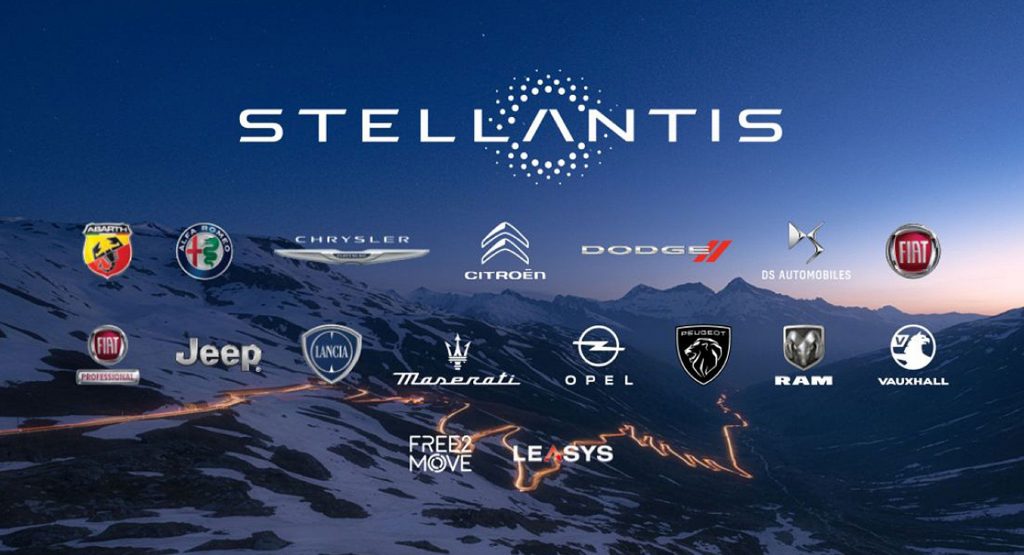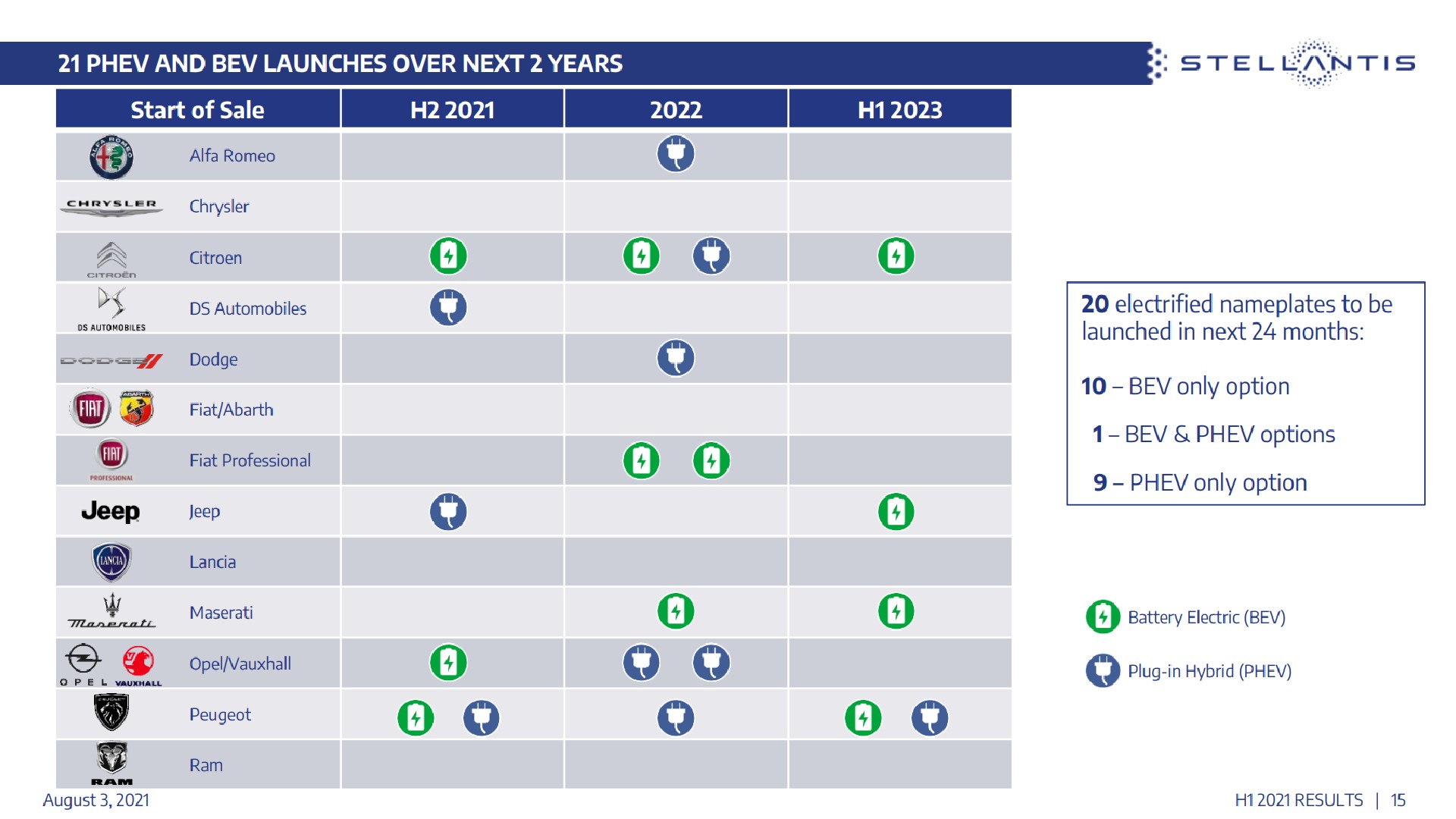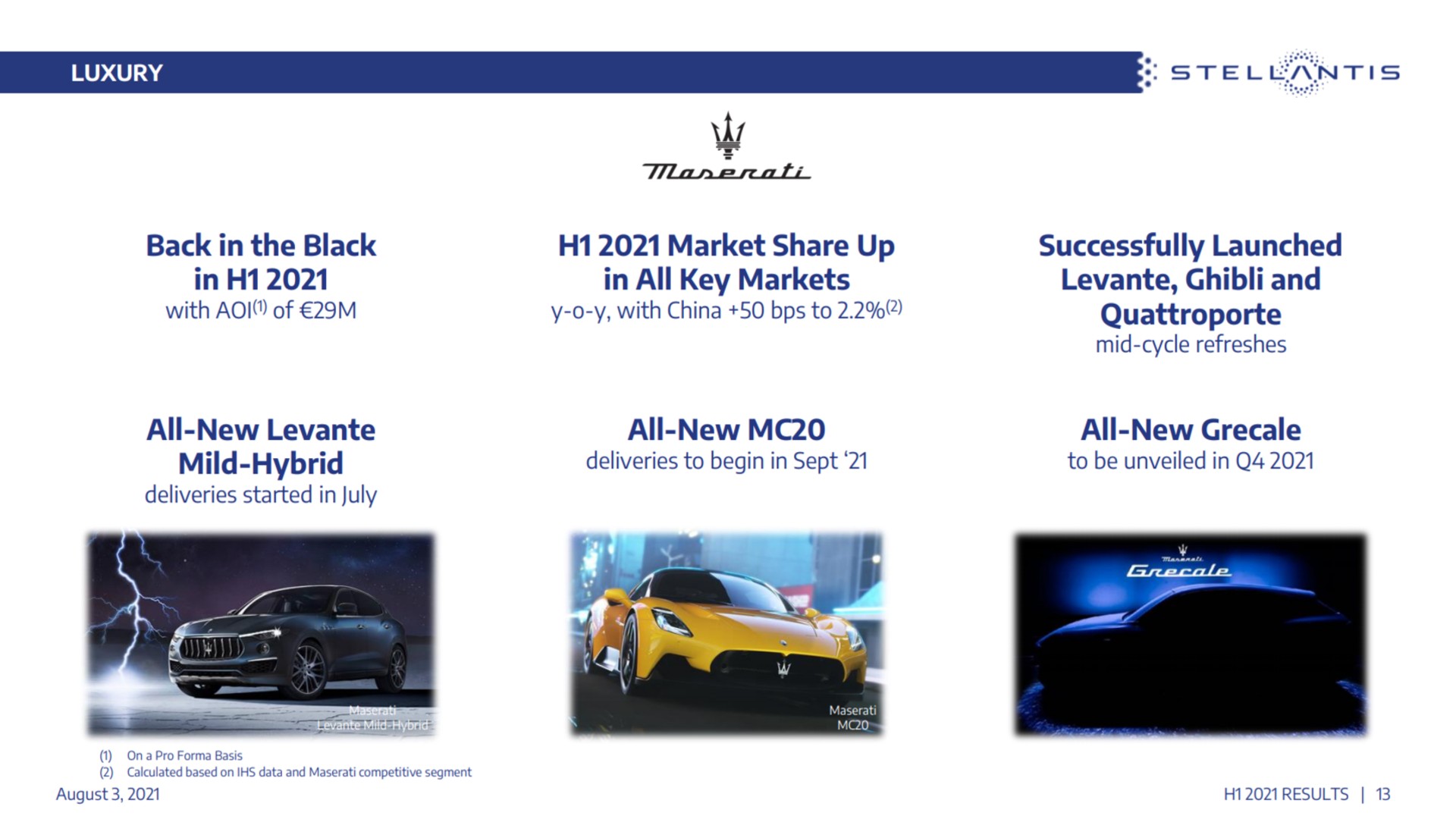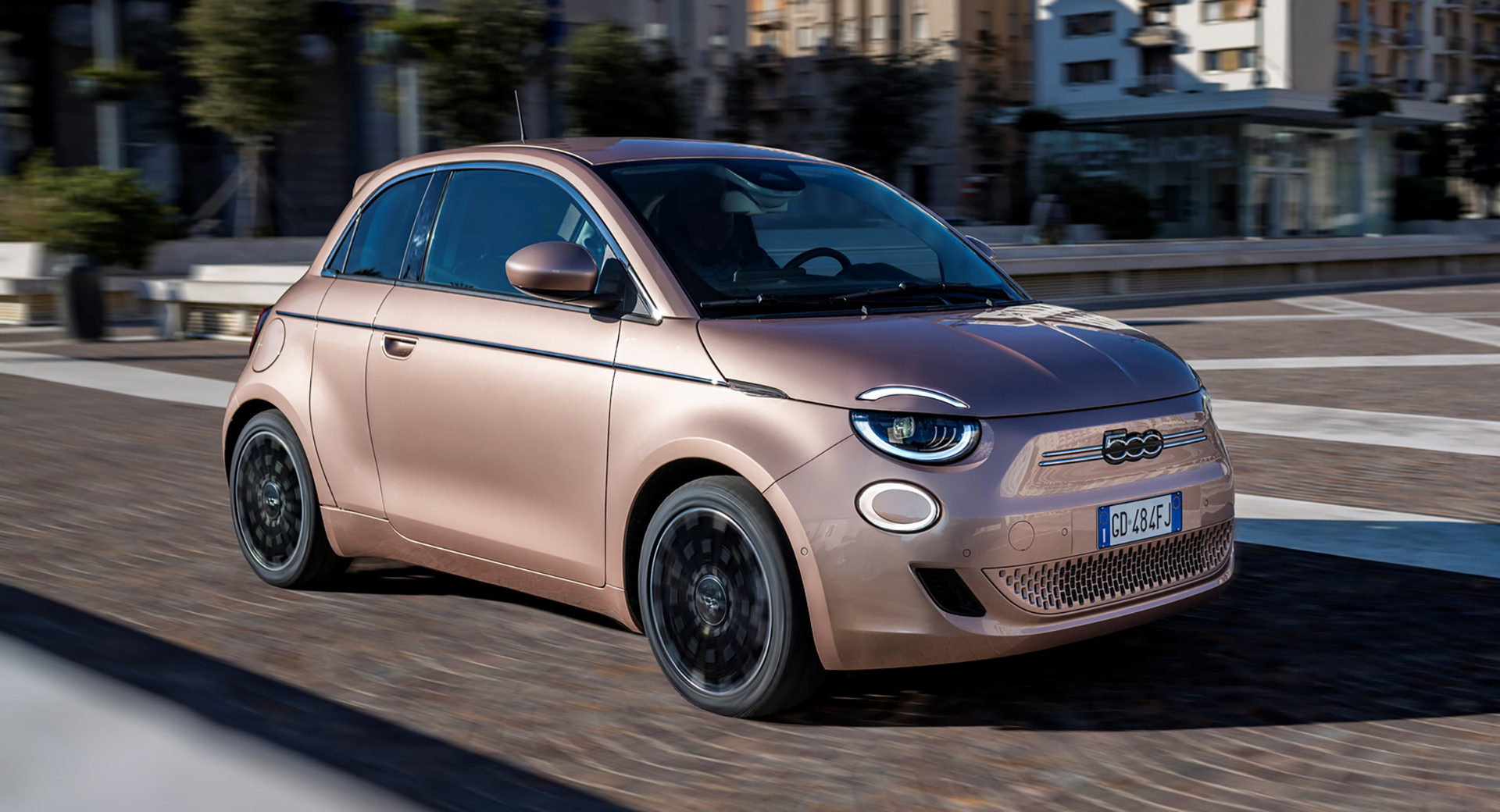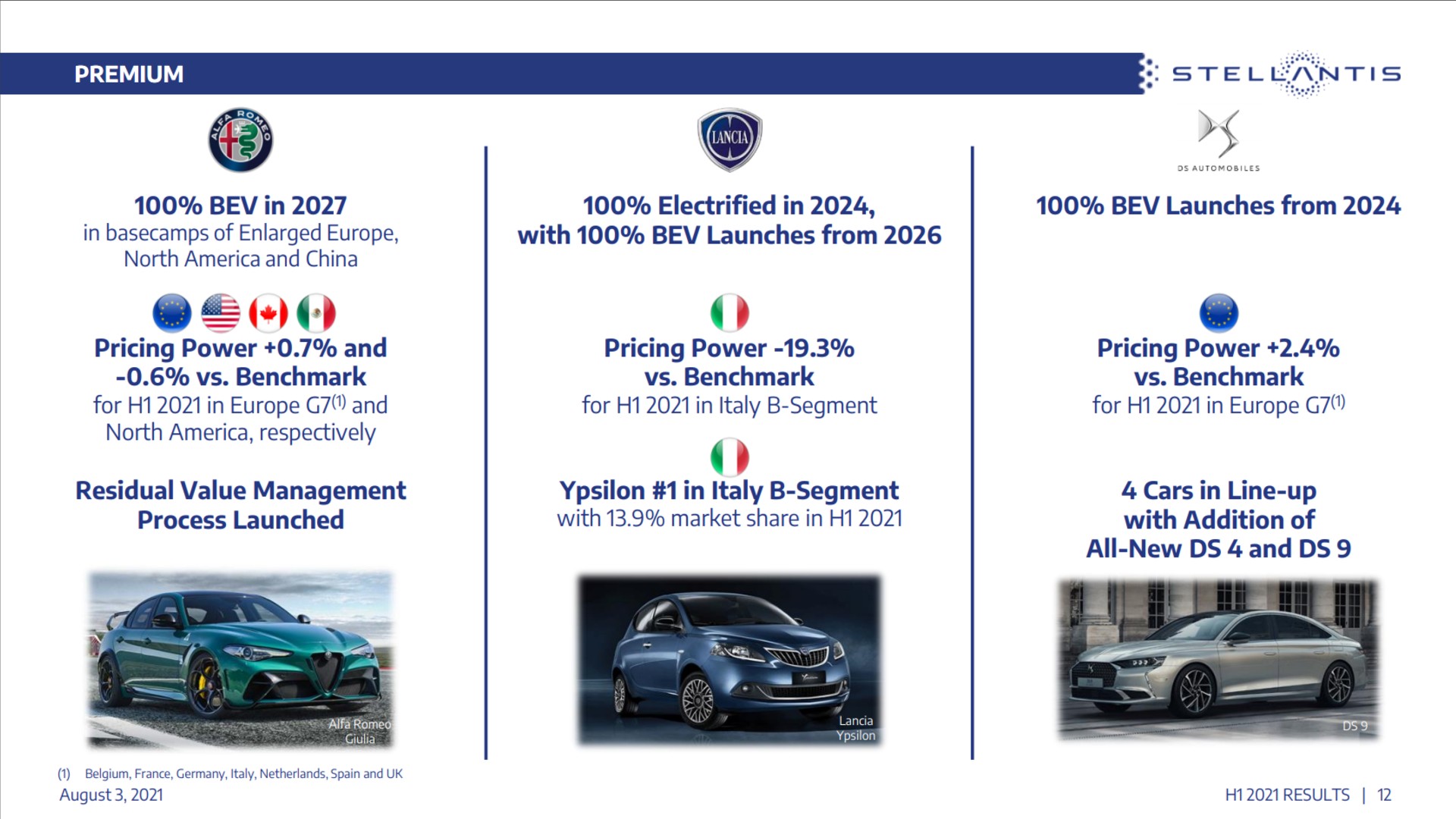During the official presentation for the financial results of the first half of 2021, Stellantis announced it will reveal 21 new plug-in hybrid and battery-electric models over the next two years, wearing the badges of 9 out of the 13 brands included in its portfolio. Among those launches, there will be 20 different nameplates with 1 being offered in both PHEV and BEV variants.
Alfa Romeo
Alfa Romeo will be 100% electric by 2027 when the current range of Giulia and Stelvio will be phased out. The Italian company is getting a single plug-in hybrid reveal in 2022, obviously referring to the production version of the Tonale (C-SUV). Dodge is also getting a PHEV in 2022, making us believe that it could be the rumored Tonale-based Hornet C-SUV.
See Also: Stellantis Confirms 8 New STLA Platform Electric Models By 2026
Jeep
1Jeep will launch one PHEV in 2021 which is the two-row Grand Cherokee, and its first fully electric model in 2023 which could be the electric Wrangler or the rumored B-SUV.
Read Also: Is The Upcoming Baby Jeep Going To Be Fully Electric?
Citroen
French company Citroen is getting three fully electric models in 2021, 2022, and 2023 respectively, plus a plug-in hybrid in 2022. We guess among those will be the brand-new C5 X flagship PHEV, the upcoming facelifted C5 Aircross PHEV, plus the new-generation C3 supermini which could also be available in BEV form like its Peugeot e-208 and Opel Corsa-e siblings. DS Automobiles will launch one plug-in hybrid in 2021, probably referring to the new DS4, followed by BEV-only launches from 2024 on.
Opel & Vauxhall
Opel/Vauxhall will have an electric range by 2028 so the single BEV launch for 2021 and the two PHEV launches for 2022 are not the only ones expected in the future. Peugeot on the other hand is getting a handful of launches in the next couple of years, with one BEV and one PHEV in 2021, another PHEV in 2022 and another BEV and PHEV in 2023.
See Also: New Citroen C5 X Is A Comfort-Focused Flagship That Walks Between Wagons And SUVs
Maserati
As we already know, Maserati is quite busy preparing its completely renewed range. Alongside several mild-hybrid ICE-powered models, the Italian company will launch one fully electric vehicle in 2022 and another in 2023. We guess those will be the GranTurismo (grand tourer) and the Grecale (D-SUV) which are confirmed to be offered in BEV variants but it could also be the electric version of the MC20 supercar.
Fiat
Fiat will have to stick with the cute 500 as the sole electric model in its range at least until 2024, while Fiat Professional will premiere two new fully electric commercial vehicles in 2022 – possibly including the new-generation Doblo. This means that we won’t see a BEV or PHEV version of the 500X successor soon.
Abarth
Abarth is not getting any PHEV or BEV launches in the next couple of years which means hot hatch lovers will have to wait longer for a performance version of the electric Fiat 500.
Chrysler
Unfortunately, Chrysler is not getting any love from Stellantis, at least until 2023. It is hard to believe that a US brand with such a strong history has left with a dying model range including the aging 300, the value-focused Voyager, and the recently facelifted Pacifica. The electric crossover revealed a month ago in prototype brought back hope for Chrysler fans who can’t wait for the new models to arrive.
Lancia
Lancia, which currently has a single-model range with the Ypsilon, won’t see any new models until 2023. However, we know its range will be 100% electrified in 2024 when the supermini’s successor is expected to launch. Then, only BEV launches will follow with a compact crossover in 2026 and possibly an electric compact hatchback in 2027.
Read Also: Lancia Reportedly Working On Three New Models, Including SUV
RAM
As for RAM, you may see nothing in the 2021-2023 chart but you should expect lots of interesting launches after that. More specifically it has been confirmed that we will see BEV and REPB variants of the RAM 1500 in 2024, plus a new fully electric compact pickup.
All those launches sound exciting and we really hope this plan will be materialized as described in the recent presentations. Running a huge group like Stellantis with complex brand structures must be pretty hard, so the management team has a lot of work to do in the following years.




